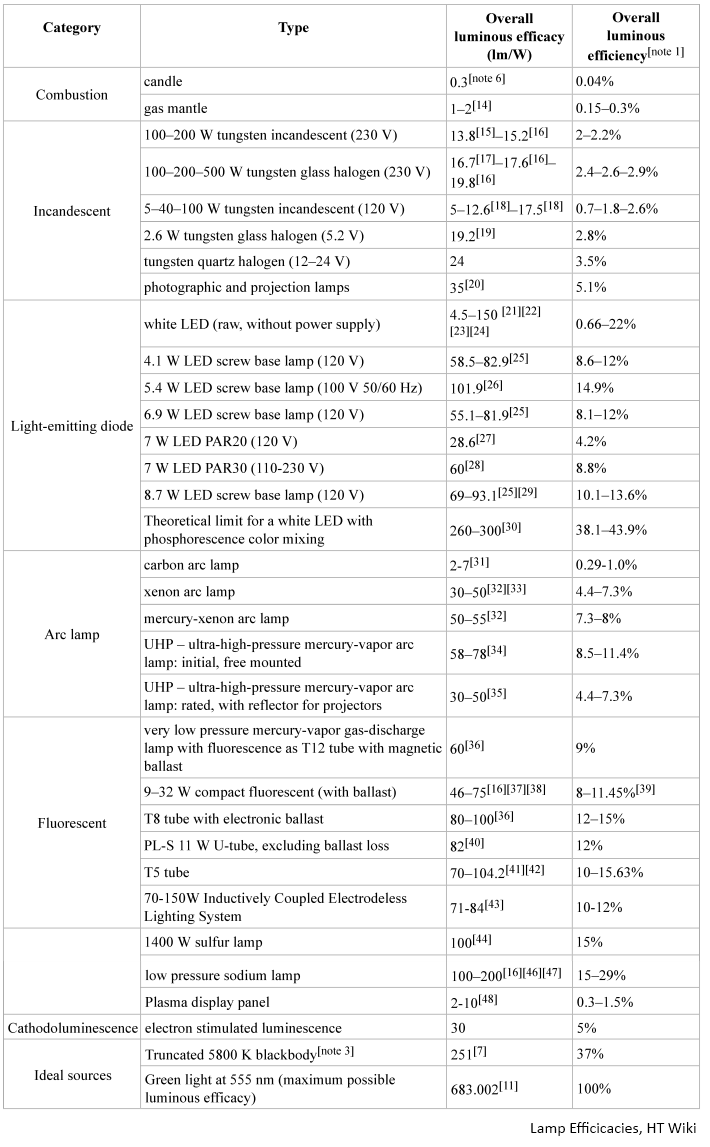 |
| LED light bulb (HT: IEEE) |
Monday morning, General Electric announced it will phase out the sale of compact fluorescent lightbulbs, the standard inexpensive option for the environmentally conscious. Instead, the company will give prominence to the LED, or light-emitting diode, bulbs – a better quality and more energy-efficient cousin of the CFL.GE Reports gives some context:
“Now is the right time to transition from CFL to LED,” John Strainic, chief operating officer of consumer and conventional lighting at GE Lighting, told The New York Times.[more] . . .
Introduced in the mid-1980s, CFLs enjoyed a spurt of popularity after Oprah Winfrey endorsed them in 2007. The bulbs briefly accounted for about 30 percent of U.S. light bulb sales. But the bulbs, which heat gas rather than a filament, were never really beloved, and last year accounted for just 15 percent of sales. Consumers complained CFL light was too harsh, didn’t work with dimmers, flickered and took too long to warm up and light a room . . . .A bit on the LED story (I picked a longer account at Youtube) will help:
The reason GE can make the shift from CFLs to LEDs today is because LED prices have dramatically declined since GE engineer Nick Holonyak (see video below) invented the first red-light LED in 1962. Today, a 60-watt-equivalent LED bulb sells at Sam’s Club for $3.33 — a price point that helped LED sales grow 250 percent last year. LEDs now account for 15 percent of the 1.7 billion bulbs sold annually in the United States. GE expects that by 2020, LEDs will be used in more than 50 percent of U.S. light sockets.
Food for thought. END
PS: HT, Wiki -- where, as a rule of thumb:
. . . A standard [--> e.g.'s are based on 100 W] general-purpose incandescent bulb emits light at an efficiency of about 14 [230 V] to 17 [120 V] lumens/W depending on its size and voltage. According to the European Union standard, an energy-efficient bulb that claims to be the equivalent of a 60 W tungsten bulb must have a minimum light output of 806 lumens.
. . . lamp efficacies
